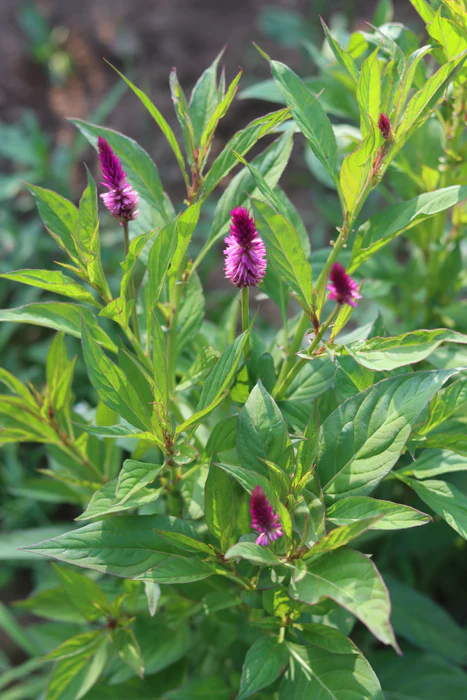Rapid Fire
Rapid Fire Current Affairs
- 25 Jul 2023
- 5 min read
Meri Maati Mera Desh Campaign
The Indian government has initiated the 'Meri Maati Mera Desh' campaign as part of the 'Azadi Ka Amrit Mahotsav' celebration of 75 years of Independence.
- Soil collected from various parts of the country will be used to develop the Amrit Vatika Garden along the Kartavya Path in Delhi.
- Events planned at different levels, from panchayat and village to state and national levels.
- Shilaphalakam (memorial plaque) with the names of bravehearts who made the supreme sacrifice to be installed.
- Pledge taken by people affirming their commitment to the country.
- Planting 75 saplings of indigenous species in every gram panchayat or village under 'Vasudha Vandhan'.
- 'Veeron Ka Vandan' to felicitate freedom fighters and families of deceased freedom fighters.
Read more: Azadi Ka Amrit Mahotsav
India's Unorganized Sector Workers
Recently, the Union Minister of State for Labour and Employment has mentioned about various initiatives to address the India's Unorganized Sector Workers in a written reply in the Lok Sabha.
- As per the Economic Survey, 2021-22, total number of people working in the unorganized sector is around 43.99 crores during 2019-20.
- The government introduced the 'Aatmanirbhar Bharat' package with a fiscal stimulus of over Rs. 27 lakh crores to mitigate Covid-19's impact on workers and the economy.
- The 'Aatmanirbhar Bharat Rojgar Yojana (ABRY)' incentivized job creation and restoration, benefiting 60.3 lakh beneficiaries.
- To address the challenges faced by unorganized workers who returned to their home states, the 'Pradhan Mantri Garib Kalyan Rojgar Abhiyan' was initiated in 116 districts to offer employment and livelihood opportunities.
- The 'Atal Beemit Vyakti Kalyan Yojana (ABVKY)' scheme provided increased relief to insured persons who lost their jobs, offering financial support during the crisis.
- The 'Pradhan Mantri Garib Kalyan Anna Yojana (PMGKAY)' scheme, 5 kg of food grain per person was provided free of cost.
Read more: Covid-19 pandemic, Aatmanirbhar Bharat
Fluoromix
Scientists from the University of Oxford developed a safer and less energy-intensive method to obtain fluorine atoms.
- Fluorine comes from a calcium salt called calcium fluoride, or fluorspar. Fluorspar is mined and then treated with sulphuric acid at a high temperature to release hydrogen fluoride.
- Fluorine is a highly reactive element used to make fluorochemicals, which in turn are used to produce plastics, agrochemicals, lithium-ion batteries, and drugs.
- By taking inspiration from the natural calcium phosphate biomineralisation process found in bones and teeth, the researchers created a compound called Fluoromix by milling fluorspar with potassium phosphate, avoiding the use of the toxic and corrosive hydrogen fluoride.
- Fluoromix proved highly effective, yielding around 50 different fluorochemicals with up to 98% efficiency when combined with organic compounds, presenting significant promise for industries relying on fluorochemicals.
Silver Cockscomb
Silver cockscomb, also known as lagos spinach, is a troublesome weed that can spread rapidly and hinder the growth of other crops.
- However, the Soliga tribe in Karnataka's Chamarajanagara district considers it a nutritious leafy green vegetable, using it in traditional dishes like massanne and ullsoppu sambar.
- Scientific studies have shown that silver cockscomb has beneficial properties, including antibacterial activity, high nutrient content (vitamin E, calcium, and iron), and lower levels of harmful substances like oxalic acid and phytic acid.
- This weed, prevalent in regions like South and Southeast Asia, Latin America, and parts of the US and Australia, has been used by communities worldwide for medicinal purposes and as a wild vegetable and fodder.
- By documenting and exploring traditional knowledge, silver cockscomb could potentially be recognized as a valuable superfood.
Read more: Scheduled Tribes in Karnataka,






-min.jpg)